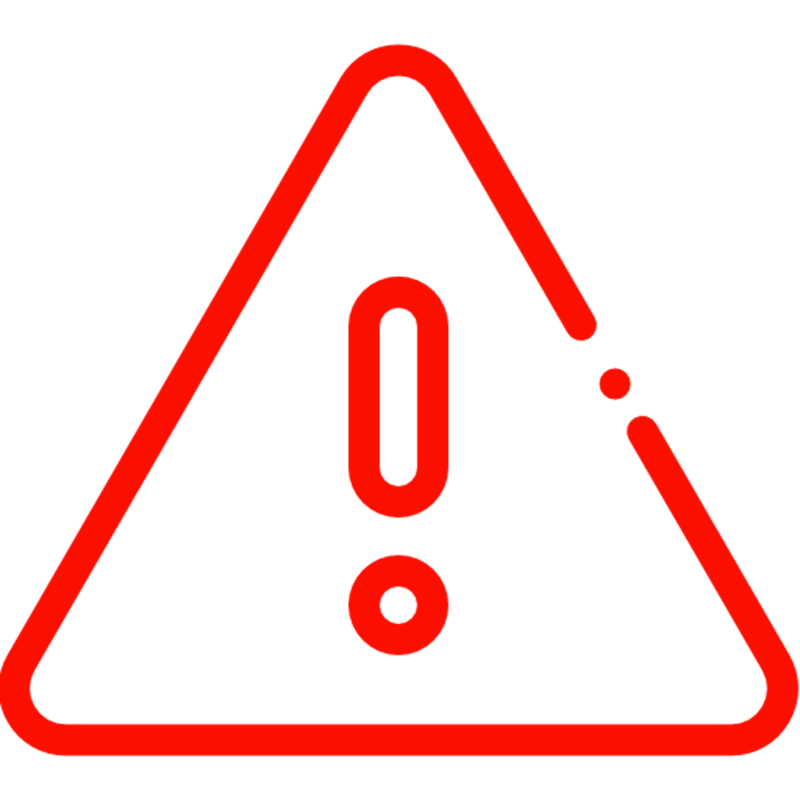High-risk foods
Foods rich in protein or moisture and higher in pH value are perishable because they support microbial growth. Therefore, strict temperature control (e.g. chilling or freezing) is essential to inhibit the growth of pathogenic bacteria in these foods. If they are ready-to-eat (i.e. reheating is not required or to be eaten raw), they are considered as high-risk foods.
 |
There are two questions to determine if a food is a high-risk food:
|
Raw or undercooked foods are of highest risk
Raw or undercooked foods pose a very high risk to food safety as there is no or inadequate heat treatment to eliminate the pathogenic microorganisms present that can cause food poisoning. Also, raw or undercooked foods are susceptible to contamination by "superbugs", microorganisms that have developed antimicrobial resistance (AMR).
Even without causing symptoms, "superbugs" in foods may still transfer their antibiotic resistance genes to other bacteria in the body, therefore affecting the effectiveness of antibiotics to be used in future.
 |
Consumer advice Raw or undercooked foods have a higher risk of food poisoning or contamination with "superbugs" especially affecting susceptible populations. Food premises serving raw or undercooked foods should provide consumer advice on these foods on the menu. |
Click here for more information about consumer advices.
Foods that readily cause food poisoning
Some foods are more likely to cause food poisoning including RTE and certain perishable foods. Food handlers should handle these foods with caution, away from dangerous temperatures and cross-contamination, and cook them thoroughly as needed. Some examples include:
- Eggs or egg products (including mayonnaise)
- Meat or meat products (including burger patties made from minced meat)
- Poultry
- Fish and seafood (e.g. oysters)
- Sushi / Sashimi
- Dairy products (milk, cream, cheese, yogurt and milk products)
- Vegetables eaten in raw and fruits
- Cooked rice, noodles and pasta
- Siu-mei / Lo-mei
- Desserts
- Iced drinks
- Edible ice and water
 |
Lower-risk foods such as fresh fruits and vegetables, bread without cream or filling, candy, groceries, canned food, jam, dried fruits and syrup, etc can still be contaminated during handling or production processes, so it is essential to store them properly and wash them thoroughly before eating. Food handlers must follow the Good Hygiene Practices when preparing foods especially high-risk foods. |
Susceptible populations
Everyone can get sick from consuming improperly handled food. However, the following susceptible populations are at a higher risk of foodborne diseases after eating raw or undercooked foods. If infected, they will have a greater chance of developing complications.
- Infants and young children
- The elderly
- Pregnant women
- People with weakened immunity